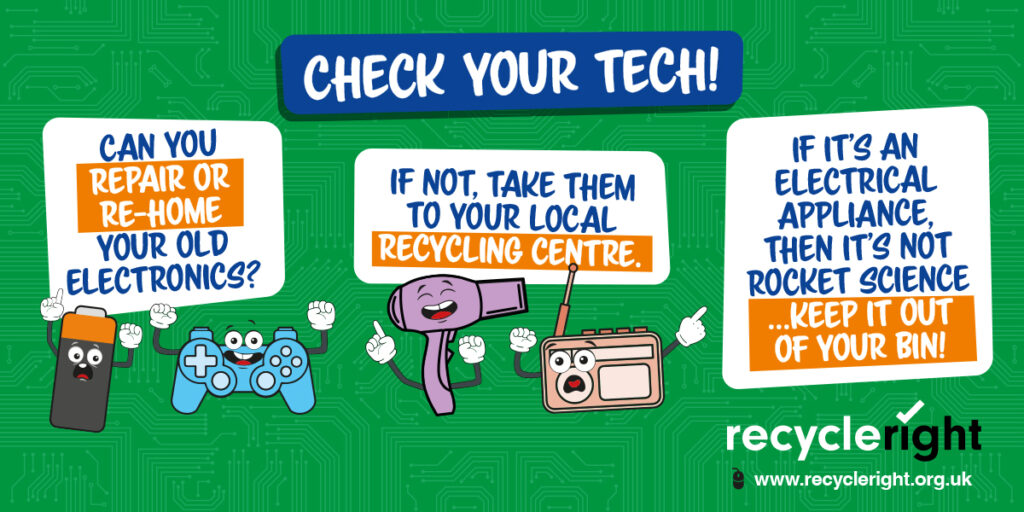What Does Recycling Lives Services Do?
The Ultimate Guide To Recycling Lives Services
Table of ContentsRumored Buzz on Recycling Lives ServicesAll about Recycling Lives ServicesSome Ideas on Recycling Lives Services You Should KnowGetting The Recycling Lives Services To WorkAbout Recycling Lives Services

In addition, all Oxfordshire local authorities accept vapes and e-cigarettes as a separate kerbside collection. Just how they are accumulated in each location differs a little; examine you have the correct information for your area.
Mobile batteries the kind you locate in tiny portable tools can likewise be reused at the kerbside however not inside any of your containers. Larger shops that sell batteries likewise have collection points for recycling old batteries.
The Only Guide for Recycling Lives Services
Older-style filament or halogen light bulbs can be taken care of in your basic rubbish container at home. Some do it yourself stores likewise have collection points for light bulbs. Little electric products (small sufficient to suit a service provider bag) can be recycled at our waste reusing centres or at the kerbside. recycling lives services waste management.

What Does Recycling Lives Services Mean?
Electric items are broken down right into different pasts so that the different products they are made up of can be gotten rid of and reused. Waste recycling centres are for use by owners only and can not approve waste from industrial sources.
E-waste, digital waste, e-scrap and end-of-life electronics are terms commonly made use of to explain used electronic devices that are nearing the end of their useful life, and are thrown out, donated or offered to a recycler. The UN defines e-waste as any disposed of products with a battery or plug, and includes toxic and unsafe compounds such as mercury, that can pose serious risk to human and ecological health.
Our Recycling Lives Services Diaries
Only 17.4% of this electronic waste, consisting of a combination of damaging compounds and priceless materials, will be taped as being effectively collected, treated and recycled - https://rcyclng1vssvc.weebly.com/. Lots of campaigns are carried out to tackle this growing worry, yet none can be fully efficient without the energetic function and appropriate education and learning of customers

Mining discarded electronics produces 80% much less discharges of carbon dioxide per system of gold compared with mining it from the ground. In 2015, the extraction of basic materials made up 7% of the globe's energy consumption. This means that relocating in the direction of using more additional raw materials in digital items might aid significantly in reaching the targets laid out in the Paris Agreement on climate change.
Facts About Recycling Lives Services Revealed
When the carbon dioxide launched over a device's lifetime is taken into consideration, it predominantly happens throughout manufacturing, before consumers get an item. This makes lower carbon processes and inputs at the production phase (such as use recycled raw materials) and item lifetime essential components of total environmental effect.
Even in the EU, which leads the world in e-waste recycling, just 35% of e-waste is officially reported as correctly gathered and reused. The absence of reusing considers greatly on the international digital sector and as tools become more various, smaller and more intricate, the issue intensifies.
The staying mass of e-waste primarily plastics laced with steels and chemicals poses a more unbending trouble. A new vision for the manufacturing and intake of electronic and electrical items is required. It is simple for e-waste to be framed as a post-consumer problem, yet the concern incorporates the lifecycle of the gadgets everybody uses.